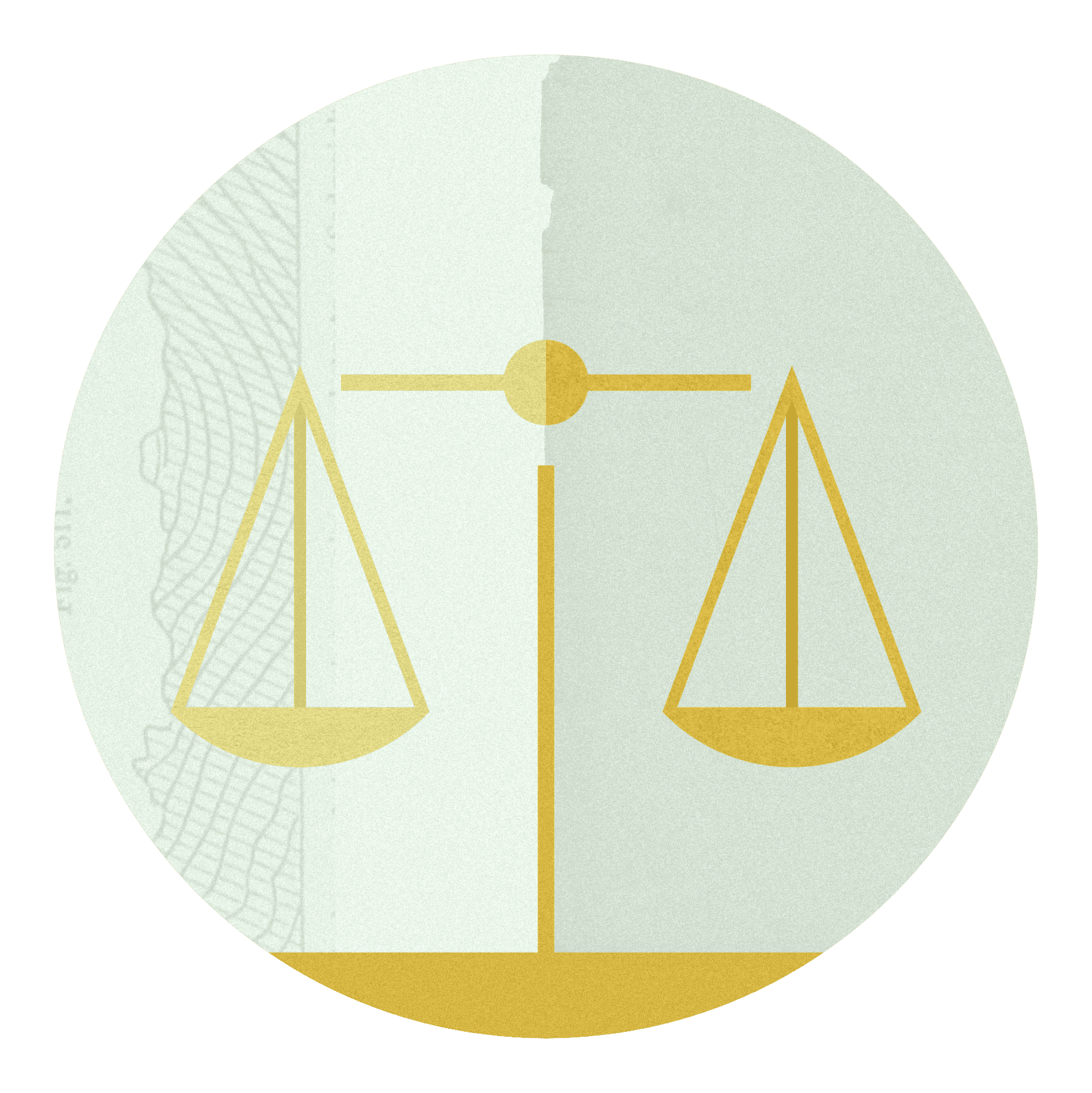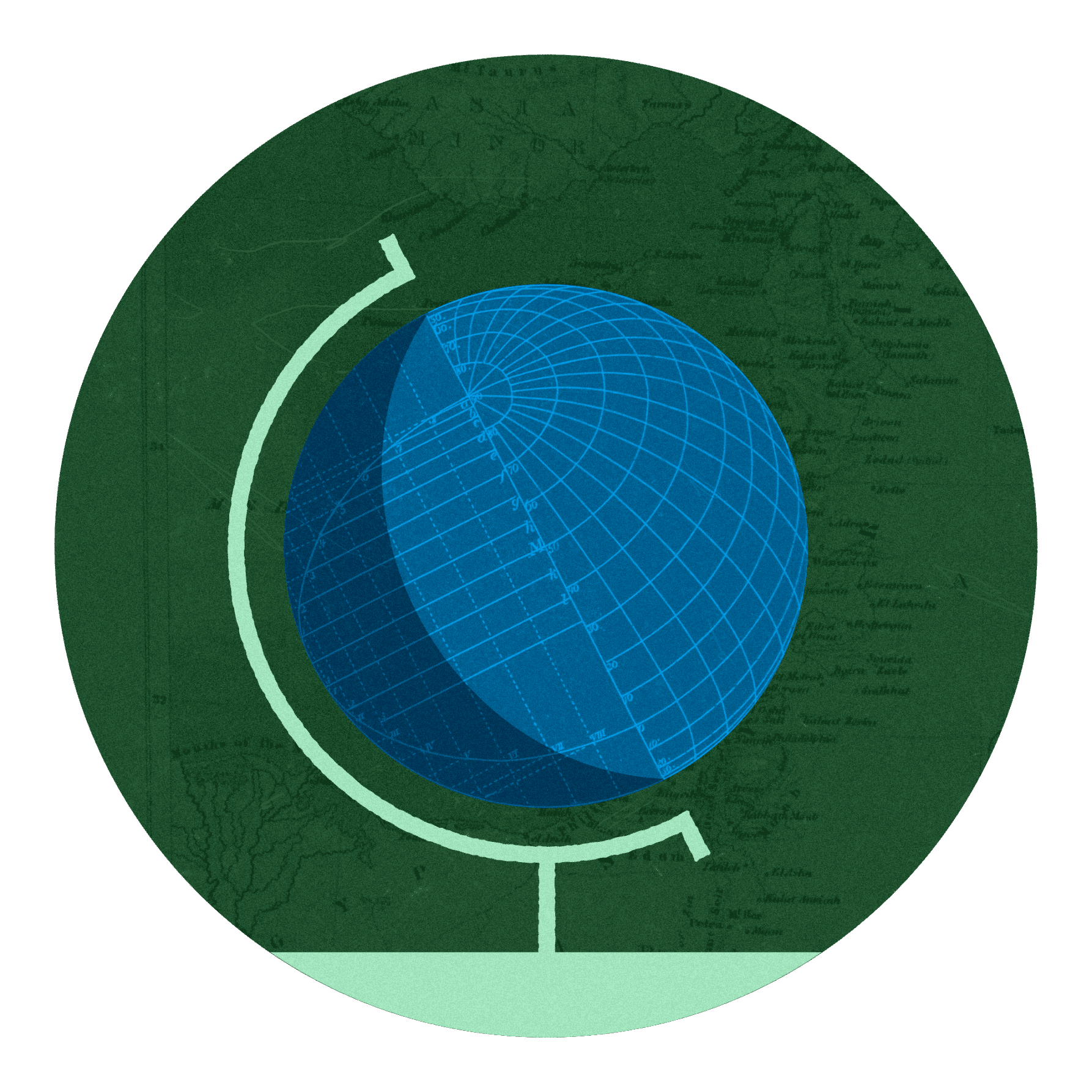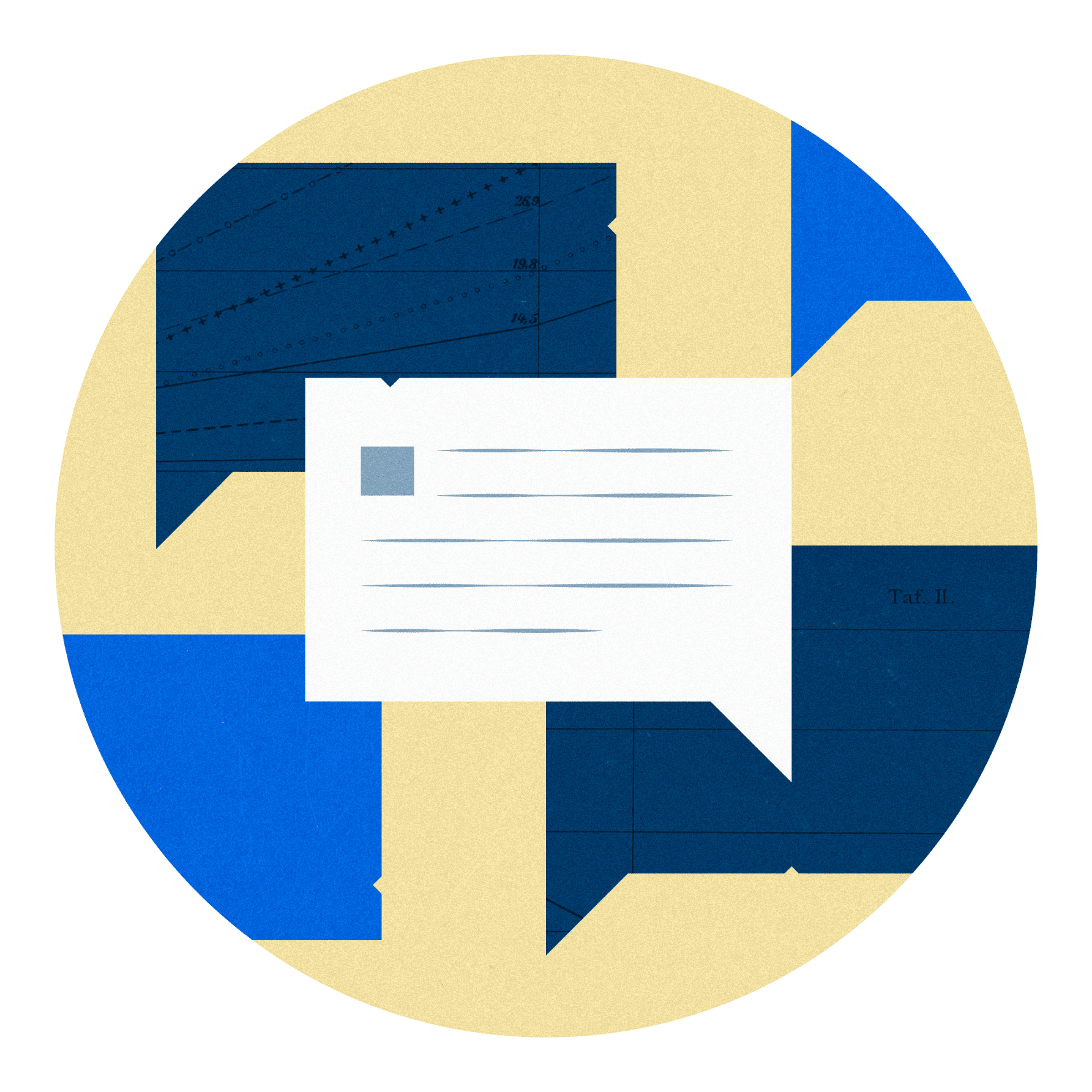By Sean Gallagher
Manufacturing supply chains are not the only challenge in today’s economy. Consider the movement of talent, and the disruptions that have driven the Great Resignation wage spikes, and a record 11 million U.S. job openings. Amid the perfect storm of pandemic and geopolitical tensions, what’s at the top of most CEOs’ priority list? Talent. Continuing a pre-pandemic trend, human capital is among the top strategic concerns for corporate leaders. In our recent national survey of c-suite executives, nearly 80 percent expected especially strong competition for skilled talent in 2022 as they manage the new world of remote and hybrid work, increasing digitization, and automation.
Yet most of our nation’s infrastructure and models for talent development are largely stuck in the last century. The complaints about our postsecondary education system, for example, are consistent: not applied or inclusive enough; increasingly unaffordable; slow to adapt; not natively digital. It’s one of the reasons that many business leaders see employers themselves as the entities best equipped to meet the growing demand for upskilling, reskilling, and lifelong learning. Despite gaps, our research shows there are a number of exciting innovations emerging—but actualizing their potential will require greater engagement from employers.
There is growing support for employee learning in the workplace. After being flat for many years, employer investments in upskilling are growing as companies try to stay competitive and drive employee retention. The shift to remote work led to a boom in online professional development options. Learning is increasingly happening in the flow of work and is trending toward just-in-time “microlearning.” Employee “training” is today less likely to be in an outside business school classroom or training site but instead embedded in the workplace itself, supported by new types of digital platforms. Here, employers have an opportunity—and many business leaders we’ve surveyed view it as a responsibility or obligation—to provide and curate professional development paths for their employees.
A small but growing number of employers are even becoming education providers and issuing credentials themselves, and it’s a novel way to tighten integration between education and work. Examples include Google’s and IBM’s educational offerings that are open to the public, and professional services companies PwC and EY’s issuance of digital badges to their workforce.
These same employers and others are also strategically partnering with community colleges and universities to integrate corporate-led programs in areas like analytics, cloud computing, and AI directly into higher education curriculum. And, in a more established practice, employers are investing in and deepening their partnerships with colleges as regional talent pipelines. Examples include Northeastern University Roux Institute’s employer partnerships, which aim to grow the Portland, Maine economy; semiconductor developer Wolfspeed’s partnerships in North Carolina and New York; and Amazon’s HQ2’s higher education investments in Virginia.
In the dialogue about strategic talent pipelines, experiential or work-integrated learning looms large. Apprenticeships have received outsized attention in recent years, especially from government policymakers and certain business leaders, but they are often challenging to scale. Experiential learning is a wide continuum of models that also includes internships, cooperative education, practical placements, and now a burgeoning world of micro-internships and online project work, which accelerated during 2020’s experiments with remote working and learning.
Our past research with executives identified experiential learning as a proven model for early talent and workforce diversity, but we also found that, too often, businesses think of these programs as tactical philanthropic efforts rather than the strategic talent acquisition vehicles they can be. Meanwhile, many Fortune100 leaders advanced in talent analytics have found that internships are often their number one best performing talent acquisition channel.
These are just some of the avenues through which savvy businesses are not just passive consumers of talent, but rather proactive participants in talent development and work-integrated learning.
Beyond just being aware of these trends, what actions should business leaders be considering?
- Engage with learning providers—whether colleges or edtech startups—as they build their offerings to meet employer demand. Aligning with them now will have a significant return when it comes time to hire or develop workers.
- Recognize that there are new learning alternatives and choices emerging that are complementary to the traditional education system—and be willing to experiment.
- Support and invest in your employees’ professional development needs.
- Step out and explore mutually beneficial opportunities to co-create programs with educational providers, and consider providing the guidance that our community needs to create a more modern, digital, skills-based ecosystem for hiring and workforce development.
- Partner with peers in your industry sector to jointly articulate and define the skills and competencies needed for tomorrow.
In this more competitive and digitally transforming landscape, these actions can help better integrate education and work for the direct benefit of employers, society, and individuals themselves in their career-long learning journeys.
Sean Gallagher is founder and executive director of Northeastern University’s Center for the Future of Higher Education and Talent Strategy, and executive professor of educational policy.
This viewpoint is part of an ongoing series, Driving Transformation. In this series, we amplify the voices of a diverse group of scholars, nonprofit leaders, and advocates who offer unique perspectives on the intersection of work and learning.











